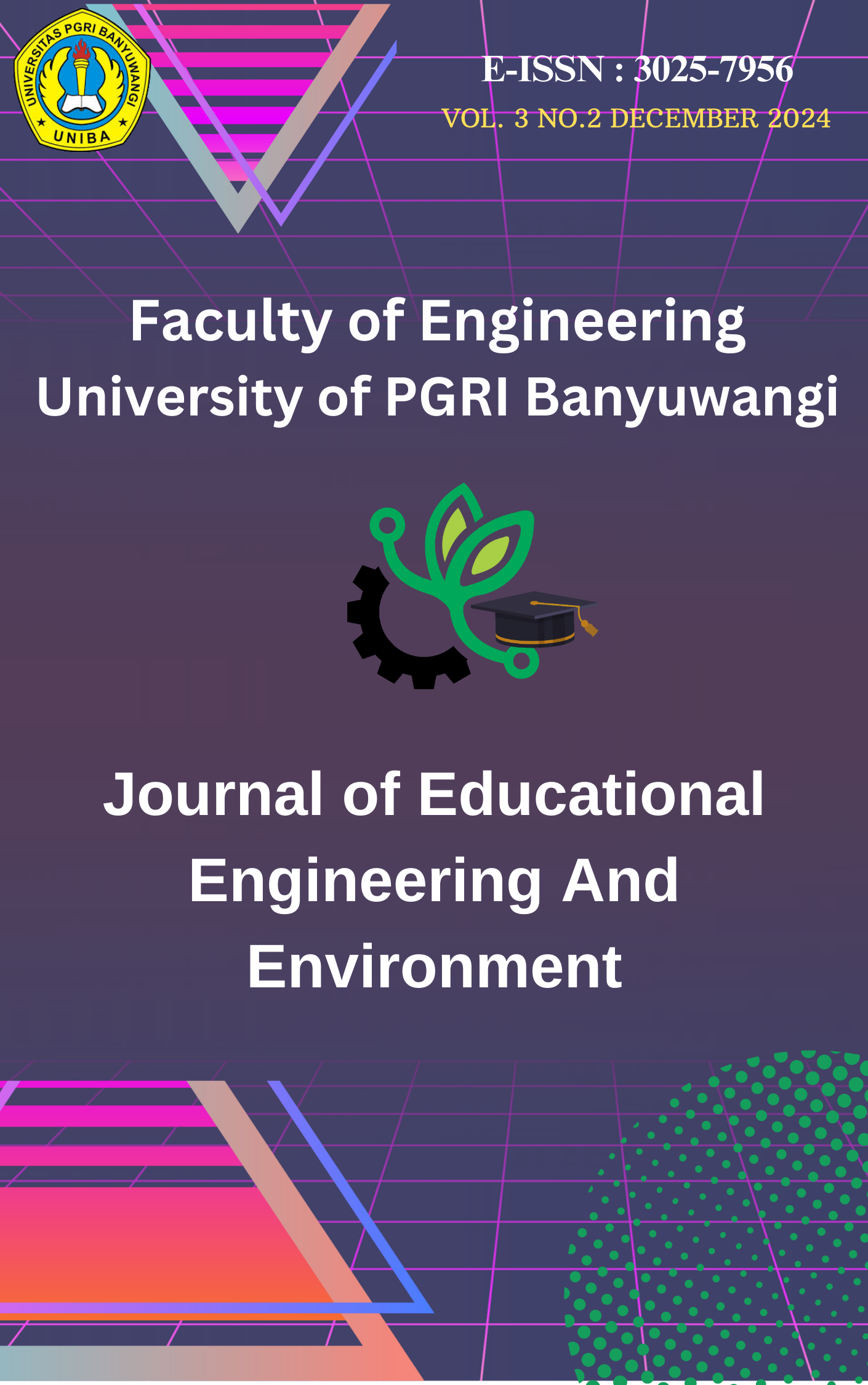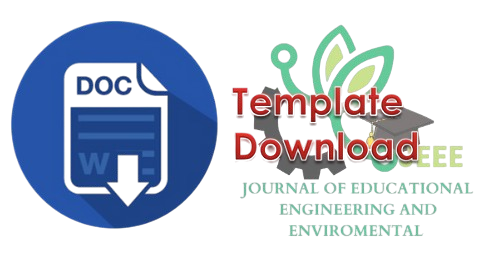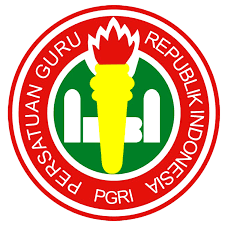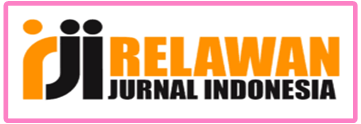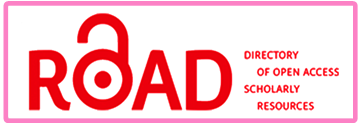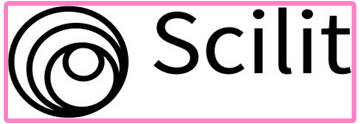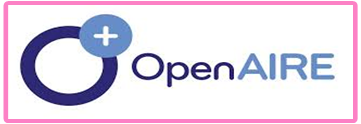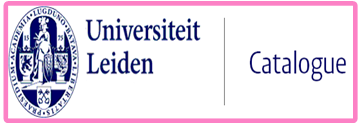Assessment of the Level of Groundwater Vulnerability to Pollution Using the DRASTIC Methodin Jogoroto District, Jombang Regency
DOI:
https://doi.org/10.36526/jeee.v3i2.4689Keywords:
groundwater, DRASTIC method, Jogoroto district, dug well, vulnerability, contaminationAbstract
There are more than 70 small tofu factories in the Jogoroto District, which generate a large amount of liquid waste
from tofu processing that has not been treated optimally. This certainly creates a potential for the waste to contaminate
groundwater in the Jogoroto District. The assessment of groundwater vulnerability to contamination can be conducted using
the DRASTIC method, which involves 7 parameters.In this study, there are 24 dug well points spread across the entire Jogoroto
District, which were monitored periodically over a 5-month period, from July 2023 to November 2023. Based on the resulting
groundwater vulnerability distribution map, laboratory tests on groundwater quality were carried out, using parameters from
the Minister of Health Regulation No. 2 of 2023 concerning clean water and the Minister of Environment Regulation No. 5 of
2014 on effluent quality standards.The study found that the DRASTIC index value during the research period ranged from 140
to 212, with three levels of vulnerability: moderate, high, and very high. The high vulnerability level dominated the study area.
However, based on the validation results, it was found that the groundwater quality in the Jogoroto District, Jombang Regency,
is not contaminated.
References
S. Sosrodarsono and Kensaku Takeda. "Hidrologi untuk pengairan." (1980).
A. P. & S. S. Eraku, “Kualitas batugamping Gorontalo sebagai reservoir air tanah berdasarkan analisis jenis porositas”. EnviroScienteae, 16(1), 1-6, 2020.
A. F. Widiyanto., S. Yuniarno, & K. Kuswanto, “Polusi Air Tanah Akibat Limbah Industri Dan Limbah Rumah Tangga”. Kemas: Jurnal Kesehatan Masyarakat, 10(2), 246-254, 2015.
PERBUP No. 28 tentang Rencana Kerja Pemerintah Daerah . (2017). Peraturan Bupati Jombang Nomor 28 Tahun 2017 tentang Rencana Kerja Pemerintah Daerah Tahun 2018.
S. Prihatiningtyas, F. N. Sholihah, & M. W. Nugroho, “Pemberdayaan Karang Taruna Dalam Pembuatan Biogas Limbah Cair Tahu Sebagai Wujud Kepedulian Lingkungan Di Dusun Bapang Sumbermulyo Jombang”. Jurnal Al-Ikhlas, 5(1), 56-68, 2019.
T. T. Putranto, A. D. Widiarso, & F. Yuslihanu, “Studi kerentanan air tanah terhadap kontaminan menggunakan metode Drastic di Kota Pekalongan”. Teknik, 37(1), 26-31, 2016.
K. Sugianti, D. Mulyadi, & R. Maria, “Analisis Kerentanan Pencemaran Airtanah Dengan Pendekatan Metode Drastic Di Bandung Selatan”. Jurnal Lingkungan Dan Bencana Geologi, 7(1), 19–33, 2016.
E. Muryani, D. A. Rahmah, & D. H. Santoso, “Analisis Tingkat Kerentanan Pencemaran Air Tanah pada Wilayah Penambangan dan Pengolahan Emas Rakyat Desa Pancurendang, Kabupaten Banyumas”. ECOTROPHIC J. Ilmu Lingkung.(Journal Environ. Sci., vol. 13, no. 2, p. 159, 2019, doi: 10.24843/ejes. 2019. v13. i02. p04, 2019.
E. Febriarta, M. A. Marfai, D. R. Hizbaron, & A. Larasati, “Kajian spasial multi kriteria DRASTIC kerentanan air tanah pesisir akuifer batugamping di Tanjungbumi Madura”. Jurnal Ilmu Lingkungan, 18(3), 476-487, 2020.
Z. Azzah, A. P. Wicaksono, & A. B. Irawan, “Kajian Kerentanan Airtanah dengan Metode DRASTIC di Kalurahan Jatisarono, Kapanewon Nanggulan, Kabupaten Kulon Progo, DI Yogyakarta”. In Prosiding Seminar Nasional Teknik Lingkungan Kebumian SATU BUMI (Vol. 3, No. 1), 2021)
T. N. Adji, A. Afifudin, A. N. Haris, A. N, Indrastuti, D. Purwanto, F. S. Kintoro, ... & R. D. Astabella, “Kajian Kerentanan Airtanah di Cekungan Airtanah (CAT) Wates Kabupaten Kulon Progo”. Media Komunikasi Geografi, 23(1), 25-43,2022.
E. Sener, S. Sener, & A. Davraz, “Assessment of aquifer vulnerability based on GIS and DRASTIC methods: a case study of the Senirkent-Uluborlu Basin (Isparta, Turkey)”. Hydrogeology Journal, 17(8), 2023.
M. Awawdeh, & R. Jaradat, “Evaluation of aquifers vulnerability to contamination in the Yarmouk River basin, Jordan, based on DRASTIC method”. Arabian Journal of Geosciences, 3(3), 2010.
L. Aller, T. Bennett, J. H. Lehr, R. J. Petty, & G. Hackett, “DRASTIC : A Standardized Method for Evaluating Ground Water Pollution Potential Using Hydrogeologic Settings”. NWWA/Epa-600/2-87-035, 455, 1987.
M. Alfiyan, “Pengembangan Metode DRASTIC Untuk Analisis Tingkat Kerentanan (Vulnerability) Pencemaran Airtanah Calon Lokasi Landfill Tenorm”. In Prosiding Seminar Nasional Teknologi Pengelolaan Limbah IX: Fakultas Teknik Universitas Sultan Ageng Tirtayasa, 2011.
D. K. Todd, & L. W. Mays, “Groundwater Hydrology Third Edition. United States of America”: John Wiley & Sons, Inc. 1980.
Civita, M., & Regibus, C. D. (1995). Sperimentazione di Alcune Metodologie Per la Valutazione Della Vulnerabilita Degli Aquifer. Q Geol Appl Pitagora Bologna, 3, 63- 71.
P. D. H. Ardana, I. W. Diasa, & S. Aisyah, “Kajian Fluktuasi Muka Air Tanah dan Kualitas Air Tanah Dangkal Berbasis Sistem Informasi Geografis (SIG) di Kecamatan Denpasar Utara Kota Denpasar”. Jurnal Ilmiah Telsinas Elektro, Sipil dan Teknik Informasi, 6(1), 21-36, 2023.
Badan Pusast Statistik Kabupaten Jombang. Kecamatan Jogoroto Dalam Angka. Jombang : BPS Kabupaten Jombang. 2022.
T. T. Putranto, R. K. Ali, & A. B. Putro, “Studi Kerentanan Airtanah terhadap Pencemaran dengan Menggunakan Metode DRASTIC pada Cekungan Airtanah (CAT) Karanganyar-Boyolali, Provinsi Jawa Tengah”. Jurnal Ilmu Lingkungan, 17(1), 159, 2019.
Z. Rachmah, M. M. Rengkung, & V. Lahamendu, “Kesesuaian lahan permukiman di kawasan kaki Gunung Dua Sudara”. Spasial, 5(1), 118-129, 2018.
N. Widiasmadi, “Sistem Agro Konservasi Smart Biosoildam Untuk Peningkatan Daya Dukung Tanah Litosol”. Journal On Education, 5(3), 9869-9879, 2023.
Downloads
Published
Issue
Section
License
This work is licensed under a Creative Commons Attribution-ShareAlike 4.0 International License.

